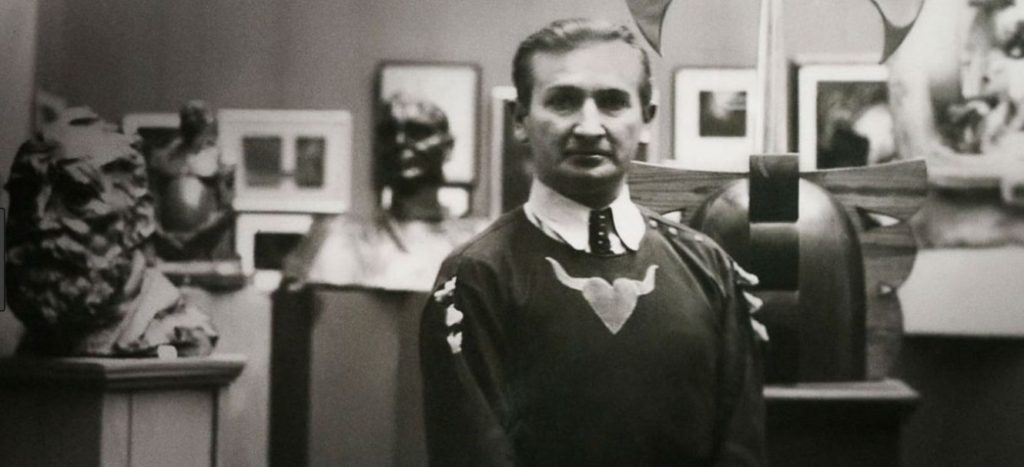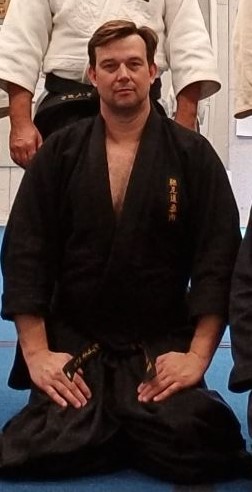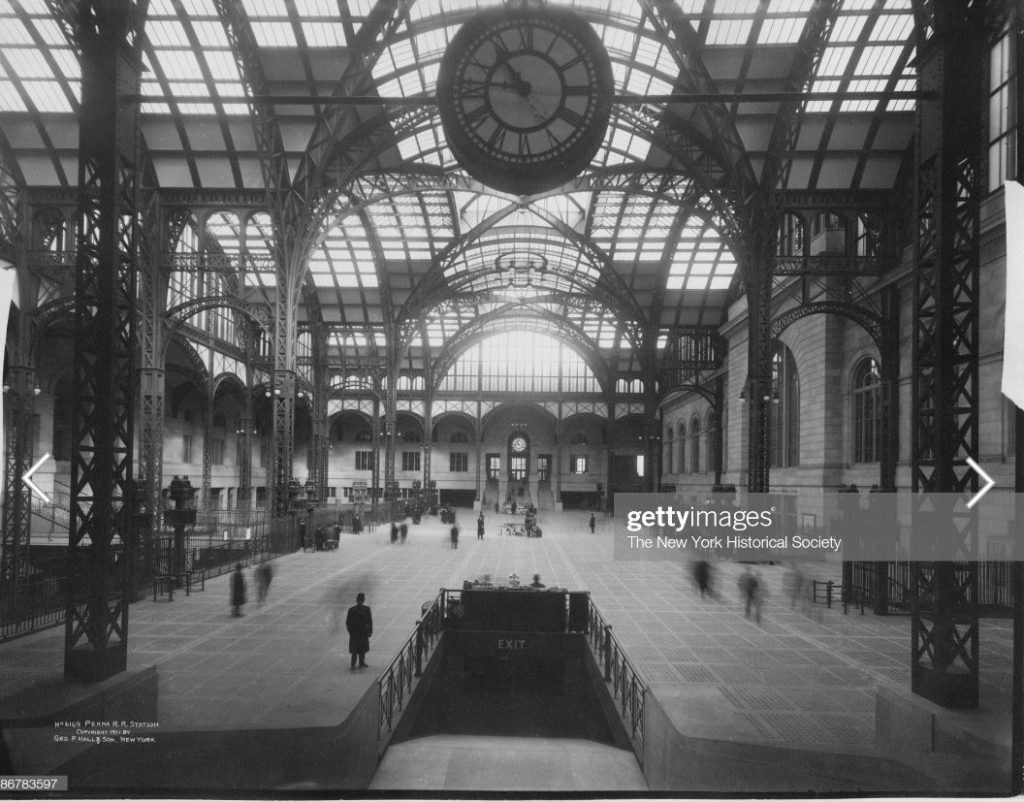The spring haze.
The scent already in the air.
The moon and ume.
A Spring Haiku, by Matsuo Basho (1644-1694) (ume = Japanese apricot)

Happy Spring, and welcome to May 2019’s Shinbun, the Art issue.
“Martial” and “Art” are not adjectives similar in nature or character. They are not opposites, but not at all similar. Until the latter half of the 20th Century, they were words not often seen together, now they are almost inseparable; people who study and practice non-firearm, hand-to-hand or weapons combat nearly always often attach the word “artist” to their title, even though few working artists would consider attaching the word “martial” to their job description. So what does it mean to be a martial “artist?”
That's what we'll think about as this month's theme is Art.
As always, please send pictures, pieces, ideas for pieces, stories, and upcoming events. I'll get them posted and sent out with the next newsletter.
Yours in Budo,
-Sensei Scot Lynch
Yondan, Tsugiashi-Do
Western visual art in the last 2,000 years has gone through many iterations and revolutions. Generally these have come in the form of “more is more.” More accuracy, more control, more color, more detail, more perspective, more movement, more impact. Western literary art followed suit, especially after Guttenberg’s printing press was invented. In medieval music, most monotonal pieces only required one or two instruments (lute, harp, etc). When Handel wrote his Messiah in the 18th Century, he called for two whole orchestras and a choir. Bigger, better, more, more, more.

 Art cannot be proper.
Art cannot be proper.
In art, everything must be exaggerated.
-Stanislaw Szukalski, 20th Century sculptor and painter
Sensei's Corner

 The Dai Sensei of my Kenjutsu school said "There are a lot of martial arts. Some focus on the art form with little thunder and others are all full of thunder but no art. What we study is beautiful violence.
The Dai Sensei of my Kenjutsu school said "There are a lot of martial arts. Some focus on the art form with little thunder and others are all full of thunder but no art. What we study is beautiful violence.
 He who creates three to five haiku poems during a lifetime is a haiku poet.
He who creates three to five haiku poems during a lifetime is a haiku poet.
 He who attains to completes ten is a master.
He who attains to completes ten is a master.
--Matsuo Basho

Wasted Space and the Great Train Stations


Western Architecture’s answer to “bigger, better, more” was the concept of wasted space.
This can be illustrated by a comparison of New York City’s two largest train stations, Grand Central Station and the Pennsylvania Station. The grand ceiling (12 stories high in Grand Central Station), the light, the constellations on the ceiling and the open air is meant to inspire the traveler as they enter New York City.
In 1966, Pennsylvania station was "modernized" and made very efficient.
There is now a subway station, below the train station, below a basketball stadium and an office complex. It is very efficient. But it is no longer "Art."
 Pennsylvania Station, circa 1950s - Art
Pennsylvania Station, circa 1950s - Art
 Through Pennsylvania Station one entered the city like a god.
Through Pennsylvania Station one entered the city like a god.

Pennsylvania Station today - Efficiency
 One scuttles in now like a rat.
One scuttles in now like a rat.
-Vincent Scully, American art historian, Sterling Professor of the History of Art in Architecture at Yale University

Shoen Uemura, Feathered Snow, 1944, Yamatane Museum of Art
Conor McGreggor, the Anti-Artist


Connor McGreggor is a one of the top MMA fighters of all time. Belt holder in multiple weight classes at the same time (never achieved before). But Mr. McGreggor doesn’t hold much back; he does more with more. Nor does he have much restraint outside the ring. I do not want to mix it up with Conor McGreggor; he trains hard, scientifically and with great focus. He has immense fighting skill and physical ability. However I would not classify him as an “artist.” And “restraint” would not be the first one that comes to mind when describing him.

 Brevity is its meaning, not just a key feature or fortuitous side effect.
Brevity is its meaning, not just a key feature or fortuitous side effect.
 …the haiku crystalizes an intense perceived moment into a mere seventeen syllables to paradoxically profound, even philosophical, effect.
…the haiku crystalizes an intense perceived moment into a mere seventeen syllables to paradoxically profound, even philosophical, effect.
From the Penguin Introduction to Haiku
 In most books, such as my edition of Go Rin No Sho (The Book of the Five Rings), the paintings of Miyamoto Musashi include his painting of "Daruma" which is a hollow, round, Japanese traditional doll modeled after Bodhidharma, the founder of the Zen tradition of Buddhism, also regarded as a talisman of good luck to the Japanese.
In most books, such as my edition of Go Rin No Sho (The Book of the Five Rings), the paintings of Miyamoto Musashi include his painting of "Daruma" which is a hollow, round, Japanese traditional doll modeled after Bodhidharma, the founder of the Zen tradition of Buddhism, also regarded as a talisman of good luck to the Japanese.
In this book, as in most books and websites, the figure is perfectly centered in a standard, unremarkable, rectangular frame.
 However in “Zen Brushwork” by Tanchu Terayama, the picture is shown in its entirety (uncropped), as it is in the Shimada Museum of Fine Arts. This uncropped view shows all the empty space Musashi put there when he painted it. This empty space over the doll creates an entirely different feeling with different messages. This use of space was not an oversight and it was not accidental. It was consciously used.
However in “Zen Brushwork” by Tanchu Terayama, the picture is shown in its entirety (uncropped), as it is in the Shimada Museum of Fine Arts. This uncropped view shows all the empty space Musashi put there when he painted it. This empty space over the doll creates an entirely different feeling with different messages. This use of space was not an oversight and it was not accidental. It was consciously used.
I would suggest that along with fine artists (e.g. painters), few people understand space (a.k.a. "ma-ai") as profoundly as swordsman do. If you ever have the chance to observe Kenjutsu practitioners train, I highly recommend taking the time. Your appreciation of "ma-ai" will be expanded. Kenjutsu practitioners do not just understand space, they "manage" space as though their life depends on it, because it does. If you look through the paintings of Miyamoto Musashi, you will see this same profound understanding and respect for space.
The Onions of Art
In the Yoshitsune days, we started with the “original 38” moves as the basic technical requirements for promotion to Black Belt. They were (and are still) broken up logically into “themes” for each belt. We all are familiar with Doc’s long-time quip that “I only have 4 moves.” For the last ten or so years (when I was promoted to Sandan, I began to appreciate and more fully grasp the themes of Shodan), I have likened this to a poetic construct, like Haiku. The 38 Yoshitsune waza (and the other advanced Hakko Ryu waza) are a sort of vocabulary. This vocabulary must be learned from the beginning, slowly, and taught by a qualified Sensei. Muscle memory must be developed. When the move can be performed without thought and automatically, the student must then start over and learn the move again. There are no legitimate shortcuts. The “four moves” in our Style’s emblem are a structure into which the vocabulary is adapted.
Shortly after promotion to Nidan (second degree black belt), sometime around 2002, I was at a dojo event after-party. It was crowded, loud and boisterous. In the excitement, Soke took me off to the side. “Do you remember when I said I only have four moves?” he asked over the din of the party. “Yes?” I said, with the impression I was about to receive something very special and exciting. Doc looked around conspiratorially, to make sure no one was listening, and with an embarrassed, confessional smile, said “I think I might only have two.”
17 years later, as Sensei Perez and I slog through the work of understanding and digesting the Godan (fifth degree) series, I think I may be at the beginning of understanding what he meant. Making people fall down or tap out is what makes a black belt. Doing so with greater ease and fluidity, less movement and effort, makes a better black belt. Integrating the Yoshitsune vocabulary into the Tsugiashi-Do structure and simplifying it into a style created Art. And creating an art form is what makes a Soke.
And that’s the onions of Art.
Thank you for reading this newsletter. More are coming and your feedback will make them better.
Faithfully,
Sensei Scot Lynch
Yondan, Tsugiashi Do
June 5, 2019
Lunar brilliance
Steel focus in the mire
The gift of Shinbun